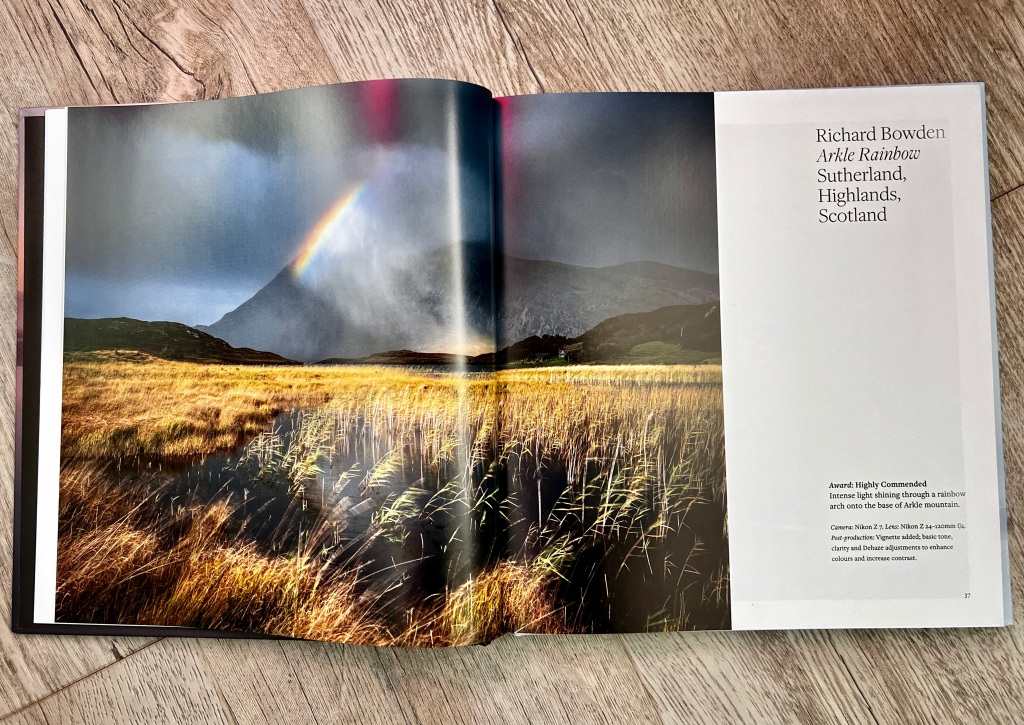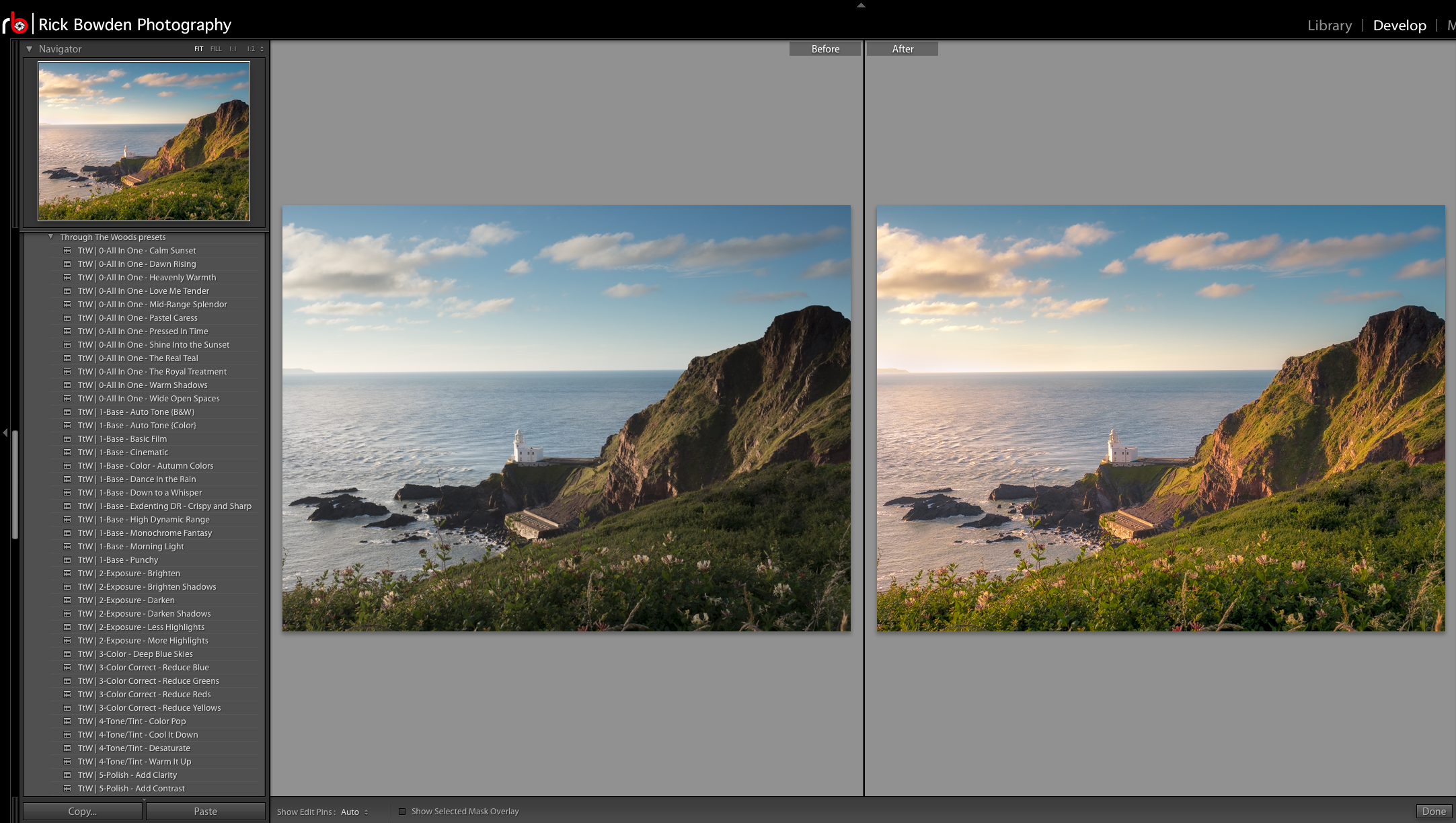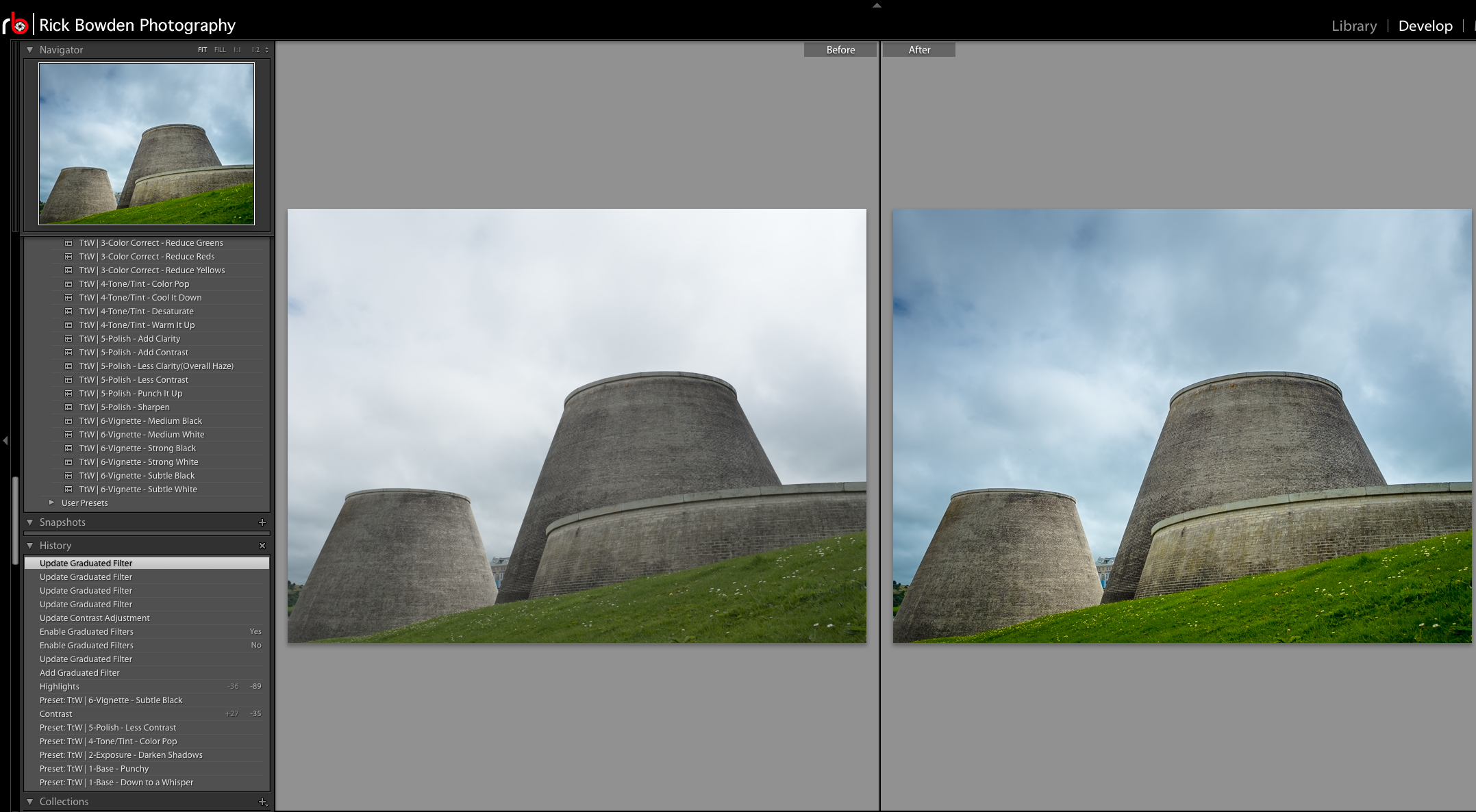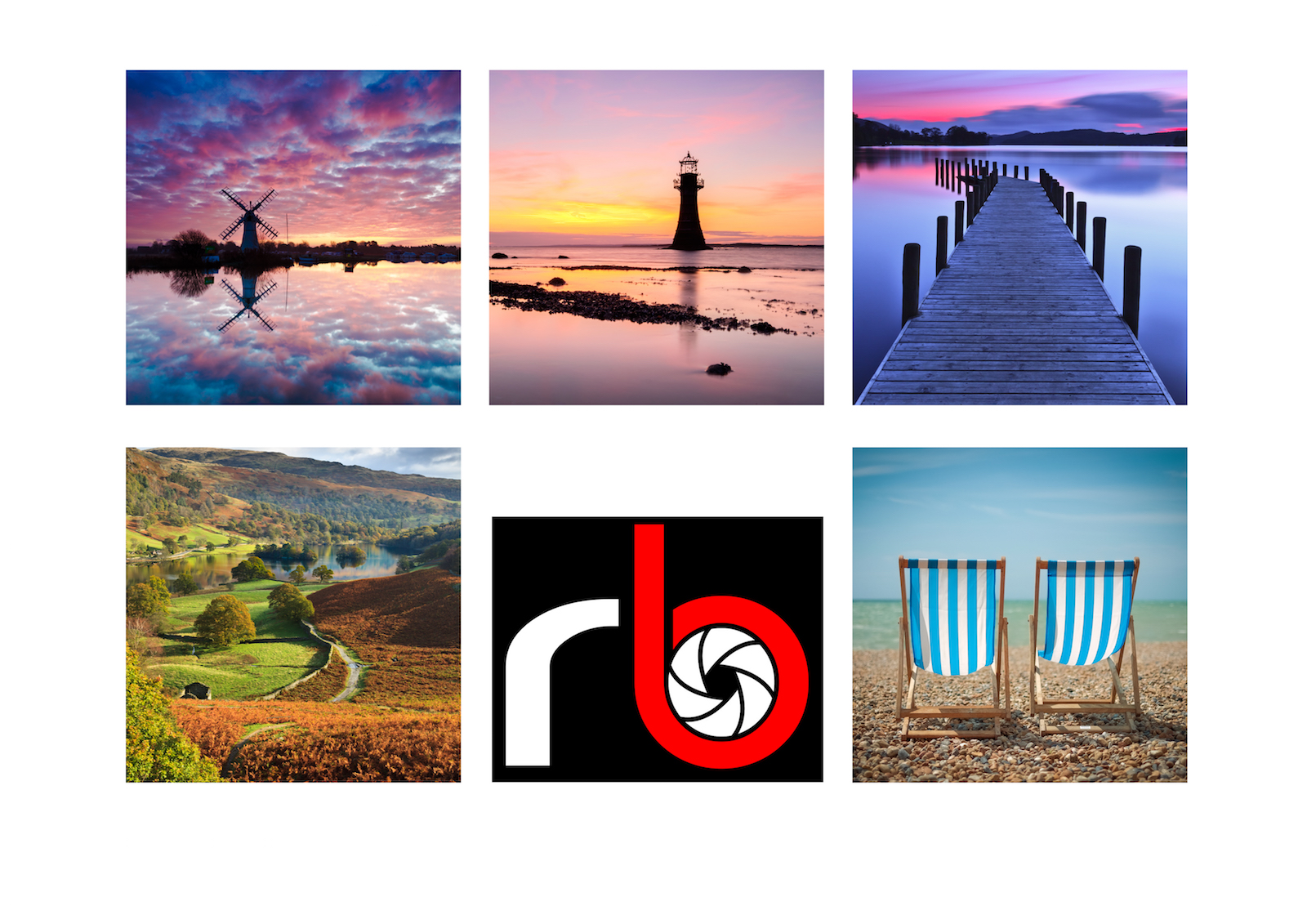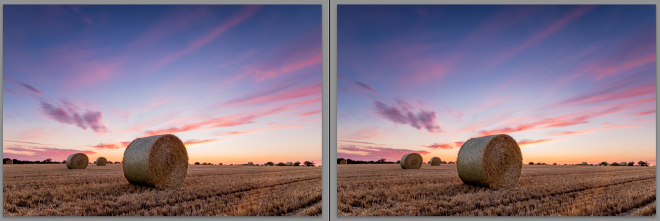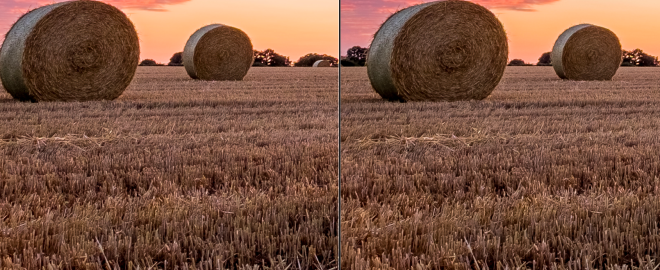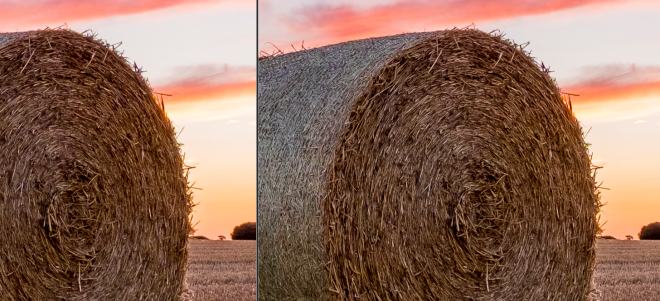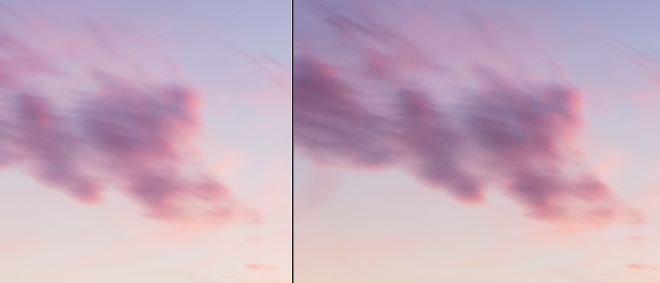(Update – February 2018)
Firstly let me say that this is not a technical review full of test charts and low-light comparisons, just my own feelings and observations while shooting landscapes with these two cameras.
The Fuji X series cameras are really great and I like them a lot as cameras, but the post processing challengers have really worn me down over the three years I’ve shot with them.
I’m a Lightroom user and I always found the fine detail to be a bit smudged for my liking (the now famous water colour effect).
I’ve tried all manner of well known (and not so well known) RAW converters over the years, but I’ve never been 100% happy with the results and the workflow specifically.
Now I will say, that if you print images they come out just fine and you can’t really see evidence of the water colour effect.
However, I shoot a lot of stock, and as such every images is inspected by the agencies at 100%, which means A fair amount of rejection due to the fine detail looking like a water colour. I had no such issues with my Canon full frame so it’s not bad technique on my part.
My typical workflow would go something like this.
- Import to Lightroom, sort and cull.
- Develop images using Lightroom.
- Keywords and meta data using Lightroom.
- Export and upload to stock image library.
- Some images are accepted but quite a few get rejected because of detail/sharpness/overuse etc.
- Take rejected images and process in a different RAW convertor.
- Compare to Lightroom developed version.
- If signifficantly better, submit again. If not try another convertor.
The whole process became a bit tedious to say the least.
I also didn’t like the experience with some of the other convertors.
Why didn’t I just go back to a Full Frame SLR?
Well, I loved the smaller size and weight of the Fuji and Olympus. It’s much easier to walk and travel with because it’s not just the camera that is smaller, it’s the lenses (to a degree), the filters and tripod can also be smaller.
Sure if I had pots of money I’d have two systems, one for travelling and one for when I don’t have to walk ten miles, butI don’t, so one system has to cover both for the foreseeable future.
So why the Olympus OM-D EM-5 ii?
Earlier this year I joined professional photographer, and editor of Landscape Photography Magazine, Dimitri Vasileiou on a workshop. I was getting ready for the inevitable discussions about how you can’t create landscape images with anything less than a full frame SLR, but to my surprise I found Dimitri using the Olympus OM-D E-M5 Mk II.
I had used micro four thirds cameras in the past but the required level of quality (subjective word used) was not there for me, but the OM-D range takes it up another notch from my previous experiences with the format.
So I took the plunge and bought the E-M5 Mk II and the 12-40mm Pro lens and so far I’ve been very happy with it.
What are the images like compared to the Fuji X-T1?
Well for a start they are much easier to work with in Lightroom, and they sharpen better with none of the water colour effect of the Fuji images.
The Olympus files seem more detailed than the Fuji.
Both cameras are 16 mega pixels (mp) but the Fuji has had a reputation of being as good as a full frame camera despite its APS-C sensor. So how is the Olympus with its even smaller sensor able to look more detailed.
If I were doing lots of portraits or street photography or such like I doubt whether I would notice any difference, but with landscapes it’s different.
Landscapes have lots of areas of grass and trees that are in the middle distance and the Fuji RAW file seems to smooth these out. You then attempt to over sharpen them and introduce an ugly blurry pattern.
In contrast the Olympus has more fine detail in the grass and trees and needs less aggressive sharpening. It could be that this fine detail is actually noise, but who cares it still looks better.
Here is a few samples to (crudely) illustrate my point.
Unfortunately I didn’t have both cameras at the same time, so the images were taken months apart under different lighting and I’ve haven’t tried to match the white balance at all.
Fuji on the left. Olympus on the right.
Notice the difference in aspect. I personally prefer the Olympus 4:3 aspect but that’s just personal.
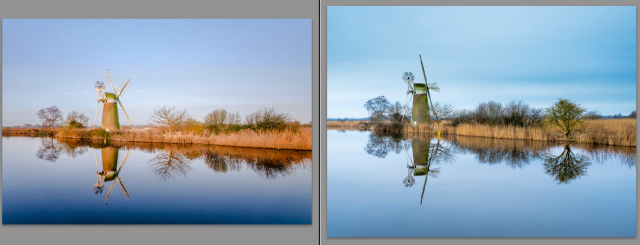
100% crops

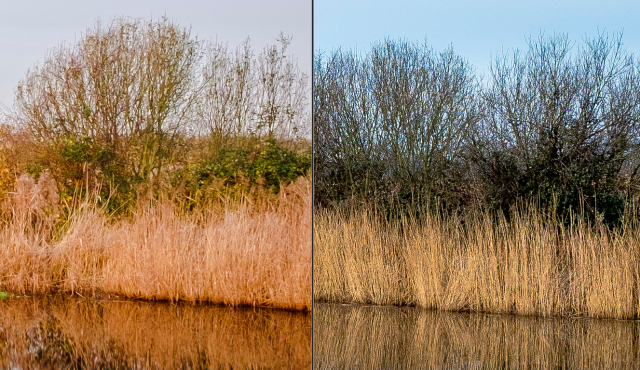
Now I’ll freely admit that this is a case that shows the Fuji at it’s worst, rendering reeds and sharpening in Lightroom. I could have processed it in another convertor like Iridient Developer, but I’d rather stay in Lightroom for my entire workflow.
So the Olympus has given me files that are to all intents and purposes as good as the Fuji (which was better than the Canon 5d ii) and has simplified my workflow tremendously.
So I’m happy (for now).
Is the olympus OM-D E-M5 Mk II the perfect landscape camera?
Well to be honest there’s no such thing as the perfect camera. All cameras have there strengths and weaknesses and with the current crop of high pixel count cameras like the Canon 5dsr and Sony A7r ii grabbing the attention of many landscape photographers, its hard not to think you need one to be credible now.
I often have an battle with myself regarding the pixel count. It’s very difficult not to be lured by huge images, but there’s a big difference between what we’d like and what we actually need.
Sure if your clients demand huge image sizes then your decision is already made for you, but like myself a lot of people don’t need these, and what about all the images that were taken on 8mp cameras or 2mp cameras years ago? Are these now no good? Of course not.
I’m not trying to berate anyone for there choice of camera here, it is after all your own choice to satisfy your own need.
What about the Hi-Res Shot mode?
The Olympus has a smart trick up it’s sleeve that enables it to capture a 64mp RAW file.
It can only be used for still subjects and many people have said that it is not useable at all for landscapes as any movement can be seen as raw pixels.
I’ve used this mode for a while now and I’ve developed a technique (some would say workaround) that allows me to use it more often than you’d think.
As soon as I’ve written it up I’ll post it here.
For anyone who doubts that serious landscape images can be made with micro four thirds cameras, check out these great photographers.
Phil Norton
Stefano Paletti
Ivan Antolin
Update – February 2018
So one year on from this article, and almost two years using micro four thirds, am I still happy I changed to Olympus?
In a word, yes.
I am now using the E-M1 Mk II and while it’s a little larger then the E-M5 it’s still smaller and lighter than my full frame set up was.
The E-M1 brings improvements in battery life, dynamic range, focusing speed, and slightly increased pixel count, but one of the biggest improvements over the E-M5 is the high res mode. It now handles moving water very well indeed.
This was one of the first shots I took with the E-M1 in high res mode and the water does not show any signs of the issues the E-M5 had, while the detail is stunning.

Curved Defense
I still stand by my original opinion that you have to think about what your final output is going to be. It’s all too easy to get lost in 1:1 pixel comparisons on a computer screen but that is not where most images should end up. I’ve recently provided a client of mine with some 30×20 inch prints, which when mounted and framed are not exactly small, but the quality of the final image was fantastic and my client was delighted.
I’ve also had some of my images used for magazine front covers, one of which was a portrait crop of a landscape image and it was still more than adequate for publication.
So yes, after two years of using Olympus cameras I’m here to stay for the foreseeable future.



